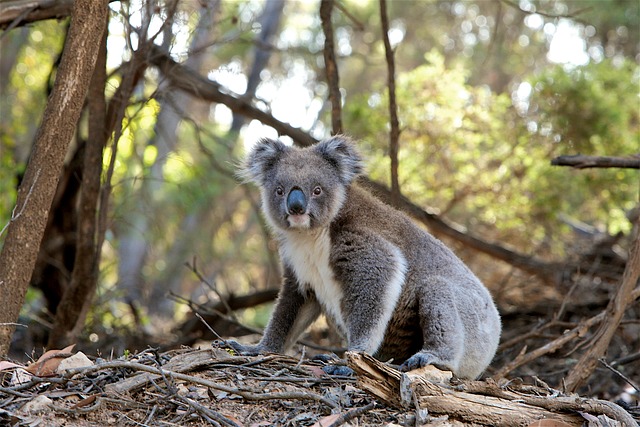Authorities in Australia are facing significant backlash following a controversial culling of koalas in Victoria’s Budj Bim National Park, which reportedly began last week. Allegedly, approximately 700 koalas were killed, sparking outrage among wildlife advocates who claim the operation not only targeted sick individuals but also healthy mothers caring for young joeys.
The culling operation was initiated in response to widespread bushfires that devastated over 2,000 hectares of koala habitats, leaving many animals starving and dehydrated. However, animal rights groups argue that the method employed — shooting from helicopters — raises serious ethical concerns. Notably, groups such as Friends of the Earth Melbourne described this as the first instance of aerial shooting for koalas in Australia, indicating that this method is setting a troubling precedent.
Critics argue that it is virtually impossible to accurately assess the health of koalas from such heights; helicopters hovered approximately 30 meters, or nearly 100 feet, above the trees. This casts doubt on the government’s assertion that the culling targeted only koalas in distress. Activists fear that the indiscriminate nature of this approach means that numerous healthy beings fell victim to the operation, leaving many orphaned joeys to fend for themselves.
“The use of aerial shooting should be treated as a last resort,” Friends of the Earth Melbourne stated in a press release. The post-fire blockade of the area has reportedly prevented rescuers from entering the region to care for the orphaned koala babies, further intensifying the emotional toll of this operation. Voices from the Koala Alliance condemned the culling methods, declaring, “It’s despicable. It’s cruel.”
In addition to the culling, wildlife advocates are urging the Victorian government to halt the harvesting of healthy eucalyptus trees found on nearby private plantations, which serve as vital food and shelter resources for the remaining koala population. The concerns about habitat loss are particularly pressing, as koalas in Australia’s Queensland, New South Wales, and the Australian Capital Territory are already classified as an endangered species.
Premier Jacinta Allan defended the decision to proceed with the culling, asserting that it was based on advice from veterinary experts who assessed the situation. “After an examination of the circumstances, this approach was deemed the way to really recognise the koalas were in a lot of distress,” she reportedly stated. Yet, government supporters have struggled to quell the growing public dissent over the operation.
As the outcry continues, animal rights activists remain steadfast in their calls for a comprehensive review of the culling process and the ethical implications involved. The emotional narratives stemming from this incident have galvanized public opinion, showcasing a stark divide between government policy and the concerns of wildlife advocates who champion the rights of these iconic Australian animals.
As Australia navigates the complex intersection of wildlife conservation and emergency response, the implications of this culling are likely to resonate well beyond Victoria’s borders, prompting re-evaluations of how best to protect the nation’s vulnerable wildlife in the face of ecological disasters.

